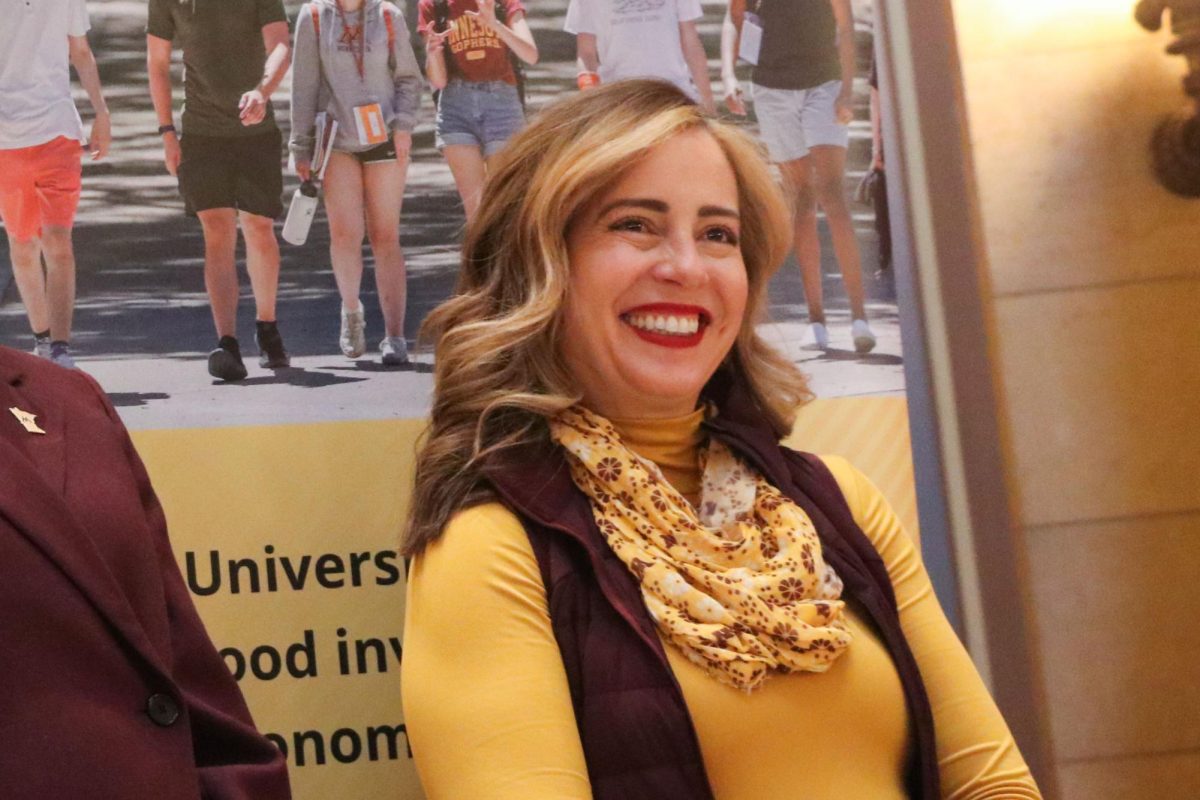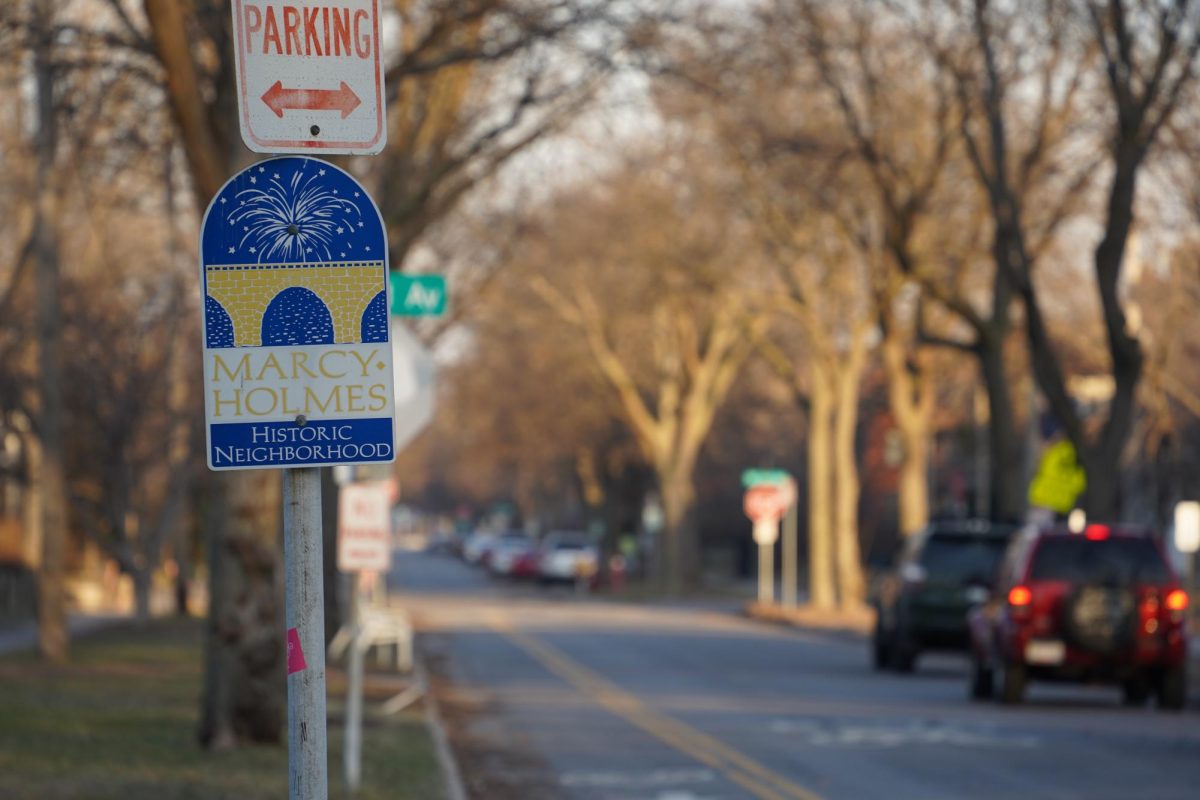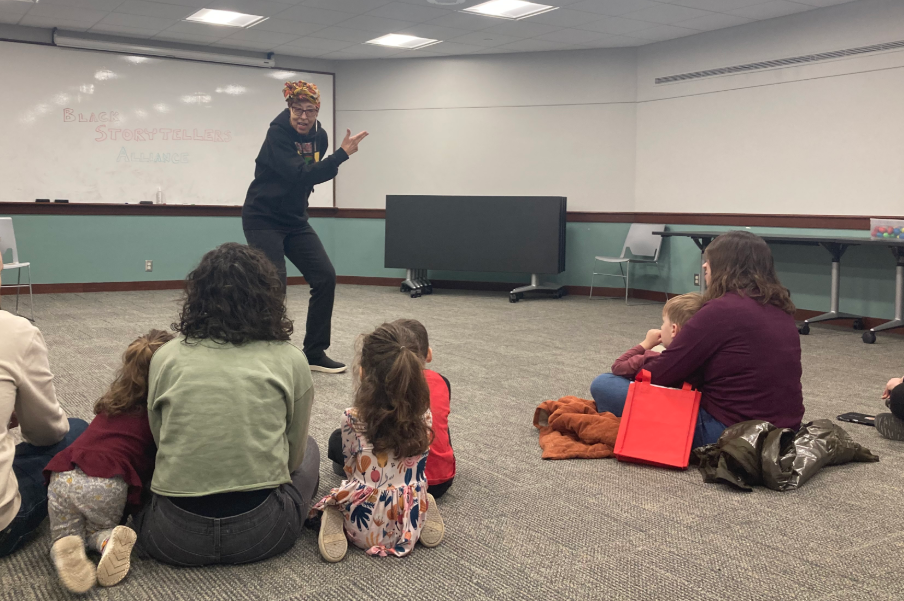The Black Europe Film Festival‘s final day focused on lesser-known Black history in The Art of Remembering: Black Lives in Painting film showcase Sunday.
The Art of Remembering: Black Lives in Painting film showcase presented two films: “Vanus Labor” by Salad Hilowle, a Stockholm-based artist, and “We Were Here” by director Fred Kudjo Kuwornu. Both told the stories of the underrepresented Black population in Europe.
“Vanus Labor” follows the story of Coschi, a slave in 18th-century Sweden, through the use of opera and the Swedish Art Museum in Minneapolis.
According to the Sweden World Culture Museum, Coschi, later named Gustav Badin, was a slave born on the Caribbean Island of Saint Croix and worked for the Sweden Royal family in 1760.
According to Hilowle, the inspiration for the film came from his childhood in Sweden and reading Coschi’s diary.
“He was adopted or taken from his homeland to Sweden just to be an experiment. I was like, who is he and what is his story?” Hilowle said. “And from that on I thought about artistry and I want to make some Opera because Opera is beautiful.”

The film “We Were Here” is a documentary-style movie as Kuwornu narrates the history of Black Africans in Europe during the Renaissance.
Kuwornu produced the movie with the founder of the Black European Film Festival, Lorenzo Fabbri, who is also a University of Minnesota professor in the French and Italian department.
According to Fabbri, Kuwornu originally came to him with the idea three years ago when they co-taught at the University.
“We were chatting and he let me know about his new project of his that was really an intervention in history because he wanted to do a film that would tell the history of the Black presence in Europe in the Renaissance period,” Fabbri said.
The film took almost three years to produce due to the amount of scholars used for the movie, Kuwornu said at a panel at the film festival Sunday.
Kuwornu said he was motivated to make the film to dispel the stereotypes about Black people only going from Africa to North America.
“The idea was to create, to give a tool also for museums and universities,” Kuwornu said. “To say ‘No, look at the Black history in Europe is more rich, it’s not only in history about slavery and it’s not only in history that is from Europe.’ We address the United States or South America. It’s also something that actually started in Europe.”
Severine Bates, who lives in Minnesota and was born on the French Caribbean island, said the films really connected with her due to her European, American and Black background.
“People here in the U.S., especially when I go to Afro-Americans, they always think there’s one way of thinking about Blackness,” Bates said. “But you know, I know today we just opened a bigger conversation.”
Both Kuwornu and Hilowle are moving on to bigger projects. On June 21, Hilowle will have an art exhibition at the American Swedish Institute in Minneapolis.
Kuwornu said he wants to do more projects exploring the Black diaspora across the globe, with one including his father and his roots in Ghana.














